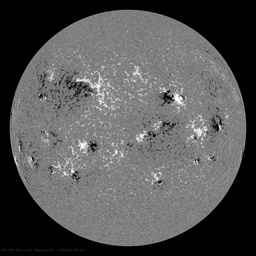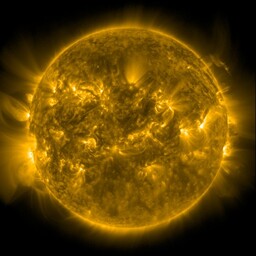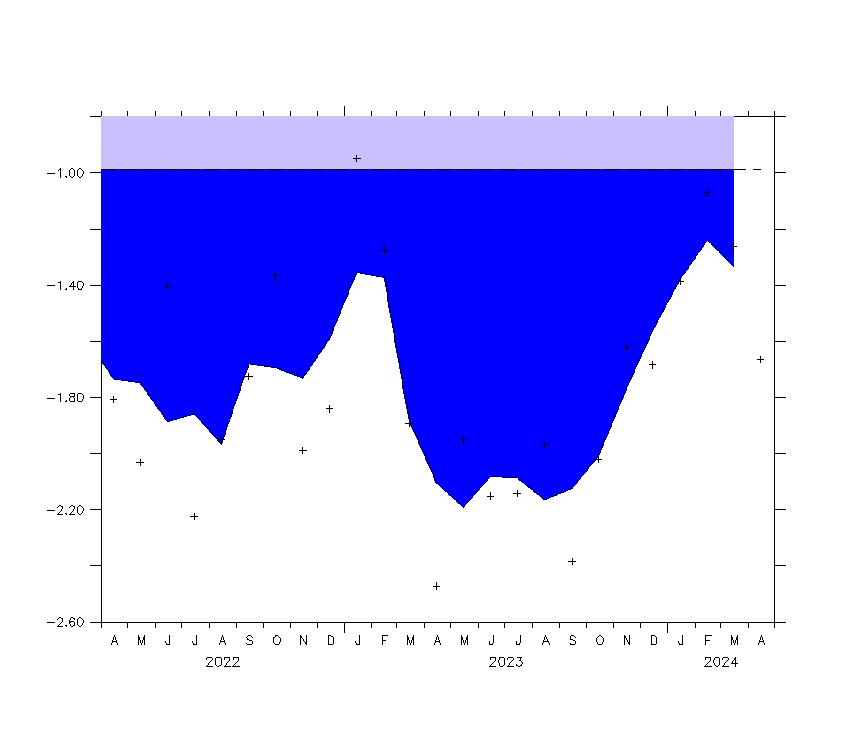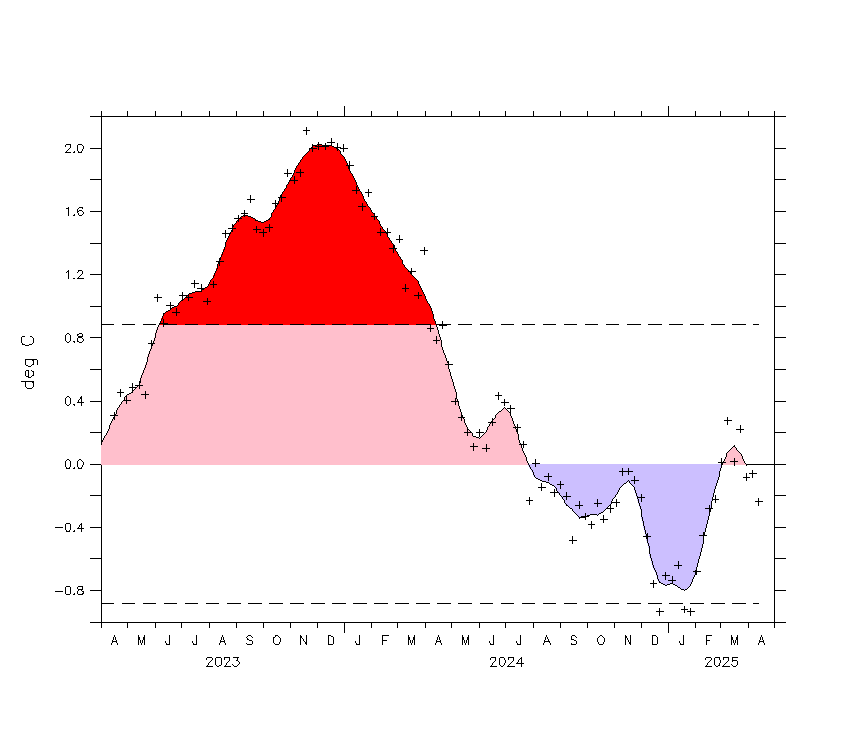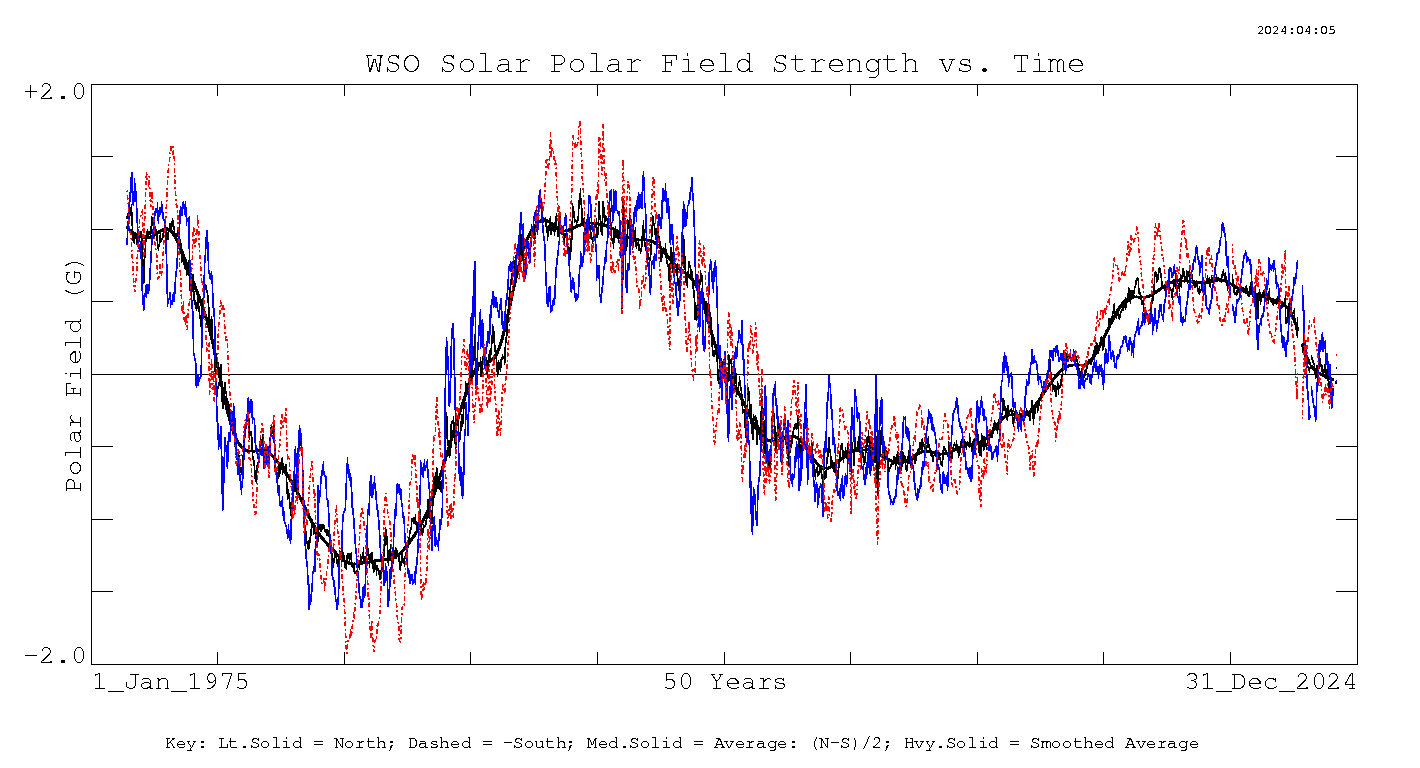The previous massive winter forecasts can be found at:
http://www.landscheidt.info/?q=node/189
http://www.landscheidt.info/?q=node/224
http://www.landscheidt.info/?q=node/270
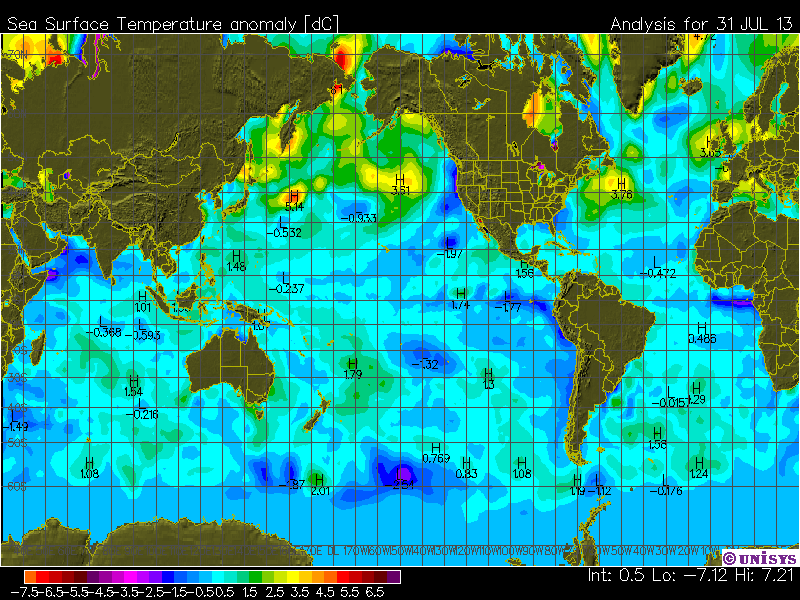
The Worlds oceans as of July 2013 above.
During what will be known as the Landscheidt Minimum we have so far experienced massive winter events especially in the Northern Hemisphere over the past 3 years. This coming winter event will be no different as the solar conditions continue to look weak during the very low cycle max of solar cycle 24, and the cool PDO conditions also look to prevail.
The jet stream has been a major driver in both hemispheres for cooler winters, along with the blocking highs and more prevalent and intense low pressure systems that are inter related. The current winter in Australia has seen weekly low pressure systems dominate our weather patterns that have not been predicted by our BOM. They are not aware of the solar influence to our atmosphere it would seem.
The current EUV levels are still very low and are not expected to increase according to my prediction for at least 25 years, so we had better get used to the jet stream conditions and abundance of low pressure systems world wide. Along with this the cool phase of the PDO which normally lasts 30 years is just beginning and should encourage La Nina conditions over El Nino. The last 3 years have been 2 La Nina and 1 neutral (La Nina bias) and this next winter looks very likely to be in another La Nina condition. The current state of the northern Pacific is La Nina friendly with a warm pool off the Japanese coast set to move south which will increase the current warm pool above New Guinea. This will drive the Walker pump if conditions continue and the cool water is already amassing off the Peru coast.
The position of the NH jet stream has been influenced by the AO or NAO over the past 3-4 NH winters. Last year the neg AO directed the jet stream to be most destructive over western Europe and the USA. This year could be different in respect to where the most severe impacts will be felt. The QBO which looks to be involved with the northern polar vortex breakups is moving towards its westerly phase, this phase is not as conducive to negative AO formations, as the planetary winds are not encouraged as much to travel north to impact the polar vortex and the associated impacts on the AO. If this trend continues we would be less likely to see as much negative AO activity as last year which will shift the jet stream position to impact Eastern Europe and China.
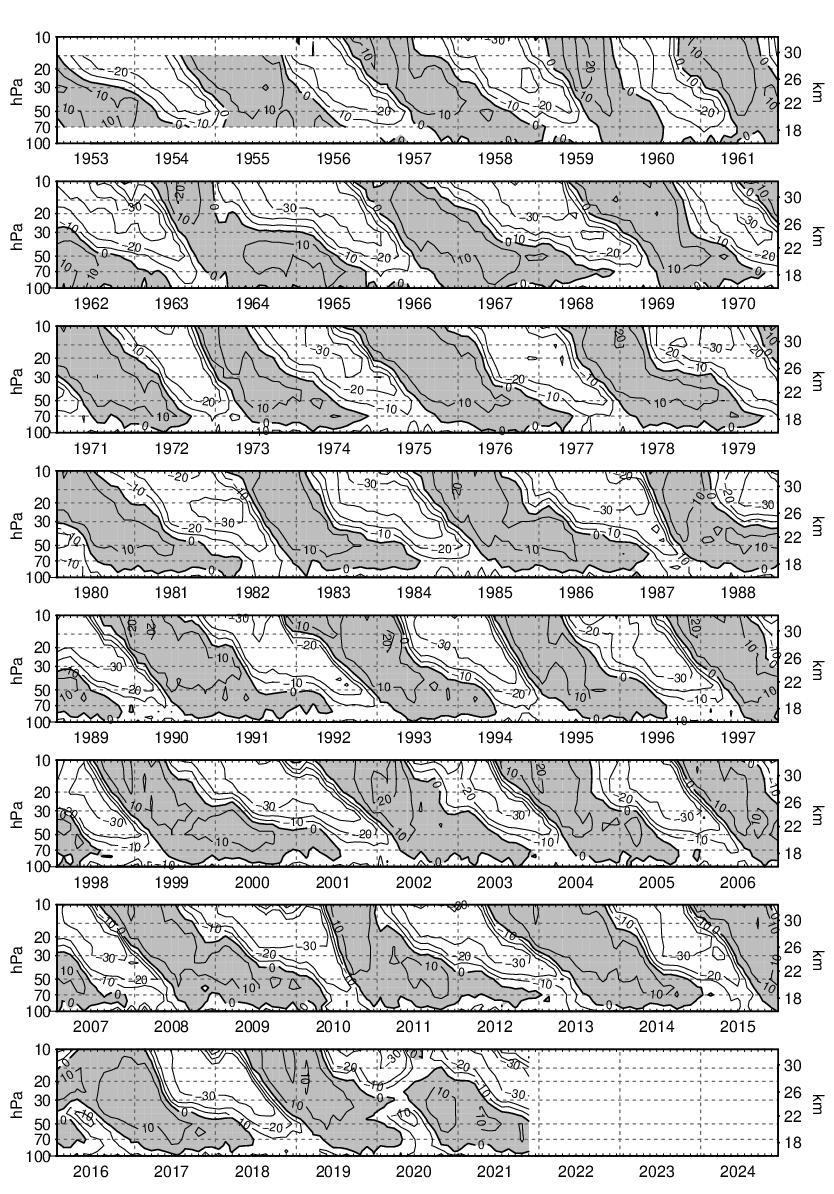
Expectations for future NH winters should remain the same during this cycle max, but if the solar conditions deteriorate from their current low position and begin to degrade into a downward spiral towards an early cycle minimum we may see even worse conditions develop as the EUV values slump. Only a sudden sustained increase in solar output will improve conditions, that is now considered very unlikely.
Welcome to the Landscheidt Minimum, solar and climate science is set to learn a lot during this most interesting era.


The World Oceans today.


